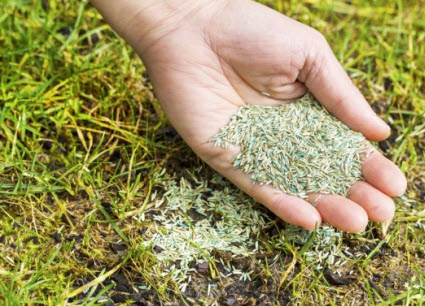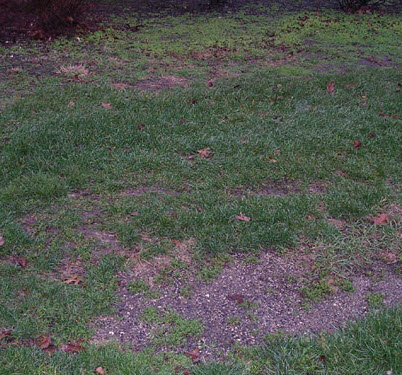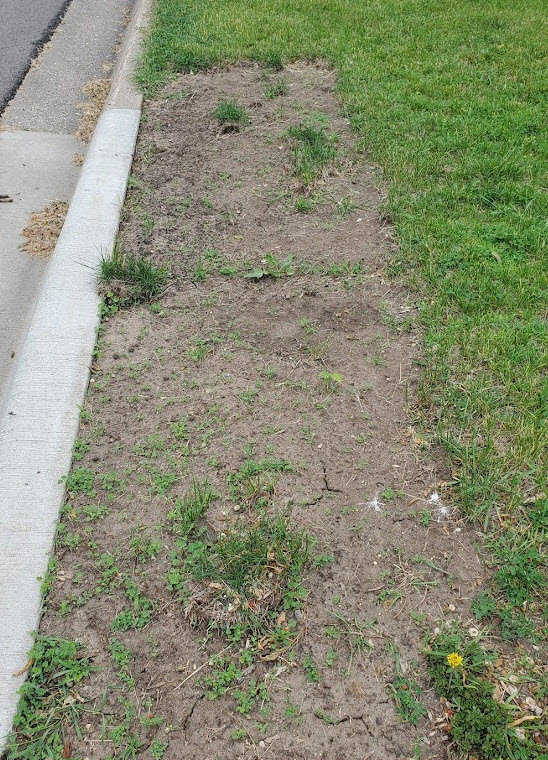Click below to listen to my 2 min. Garden Bite radio show/podcast: Dormant seeding your lawn
Audio PlayerWhile the best time to seed your lawn is mid August to mid September, we had some drought conditions going on that didn’t make that easy. Now’s the time for an easy option, dormant seeding.

This practice involves seeding when temperatures are too low for the seed to germinate prior to winter.
Cool-season grass seed germinates best when soil temperatures are 50 to 60 degrees Fahrenheit. Daytime air temperatures are generally in the 60°F to 75°F range. You do NOT want those seeds to germinate now, they’ll die. Sometimes it is a bit of a waiting game at this time of year. The trick is to find that time when soils are unfrozen so seed can be worked in slightly, yet air temperatures are cold enough so the seed won’t germinate. Best bet is when the high daytime temperatures average 35-40 degrees.

Is there an advantage to dormant seeding versus spring seeding? Yes and no.
A dormant seeded lawn could mature as much as one month faster in spring than a spring seeded lawn because some of the germination process actually starts prior to winter even though the shoots haven’t emerged from the seed. When temperatures are adequate in spring, complete germination occurs. In this case the seed actually dictates when temperatures are warm enough to grow.
Just like late-fall, temperatures and weather patterns can be unpredictable in spring. For this reason, the best timing for spring seeding is difficult to predict, which can delay the timing to actually sow seed.


Still, there are some negatives to dormant seeding including spring temperature fluctuations wherein you have good seedling establishment initially, but a cold spell happens and those seedlings are toast.
